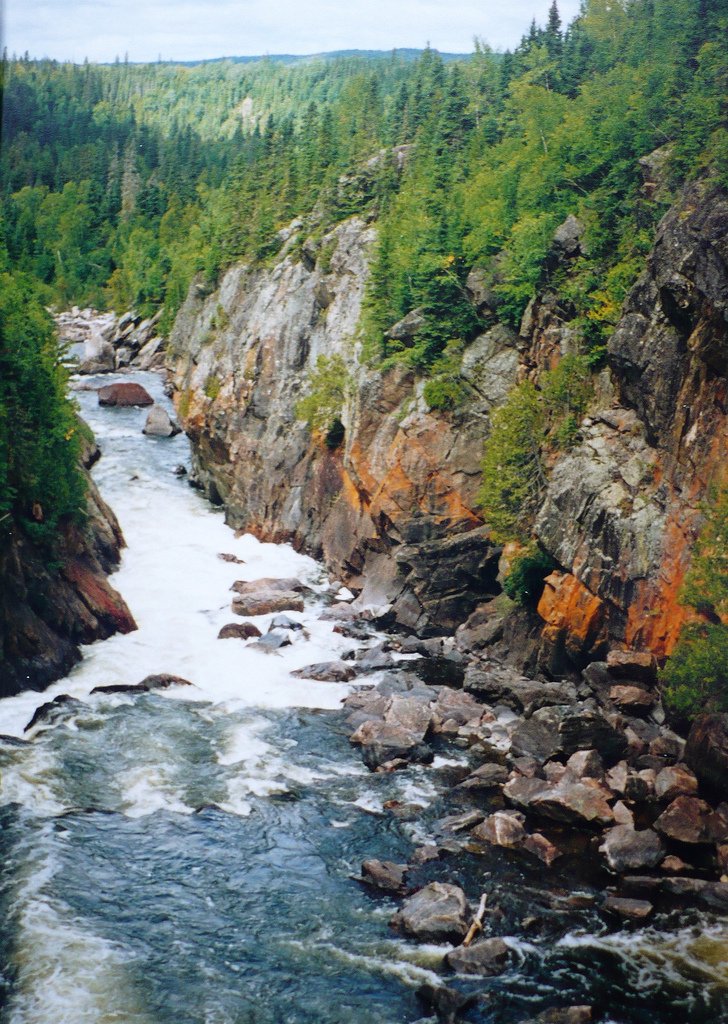What is the Geologist-In-Residence Program?
The Geologist-In-Residence Program provides an opportunity for the public to learn about the geological history of the natural landscapes in Canadian National Parks, in this case at Pukaskwa National Park.

What were you doing at Pukaskwa National Park?
Throughout my stay as Geologist-In-Residence I provided tours along Lake Superior describing the ancient geological processes that created these natural phenomena. Drop-in sessions with the public were also offered where visitors could come by to the campsite to discuss the geological features they encountered during their stay and learn how they were created. Children’s activities in these drop-in sessions involved creating artwork that displayed the geological processes that formed the unique features throughout Pukaskwa National Park. I also created a Rock Collection for the Visitors Centre so that everyone has an opportunity to learn more about the exceptional geology at the park!

What geological formations did you teach about?
I taught about all of the geological formations at the park but one of the most important contributions was a collaboration with the Interpretation Officer and her team. I identified a carbonate mineral, and other minerals rich in calcium, in a metamorphic rock that provides nutrients to unique arctic plants in the region. The Parks Canada team also put me in touch with a fellow geologist who visited the park earlier that summer that had hypothesized the presence of these minerals! This is an excellent example of the Scientific Method and the importance of collaboration between different types of sciences.

What’s a fun story from your time at Pukaskwa?
During the Geologist-In-Residence tour for the public a young boy whispered in my ear that I forgot to explain that sedimentary rocks start as sediments. What a great catch! I had forgotten to explain that important part of the Rock Cycle and it shows how important science communication and education are – even with experts!

Victoria Stinson is from Fort Frances, Ontario and specializes in ancient tectonic processes on Earth and how they control gold mineralization throughout northern Ontario and globally. Victoria started her geology studies (HBSc. and MSc.) at Lakehead University in Thunder Bay and completed them at the University of Saskatchewan (PhD.). She loves teaching and mentoring, especially in the field, and is open to new collaborative opportunities! The honour of being the inaugural Parks Canada Geologist-In-Residence is a highlight in her life and believes that it is a great first step in improving scientific literacy and appreciation for the natural world in Canada.

